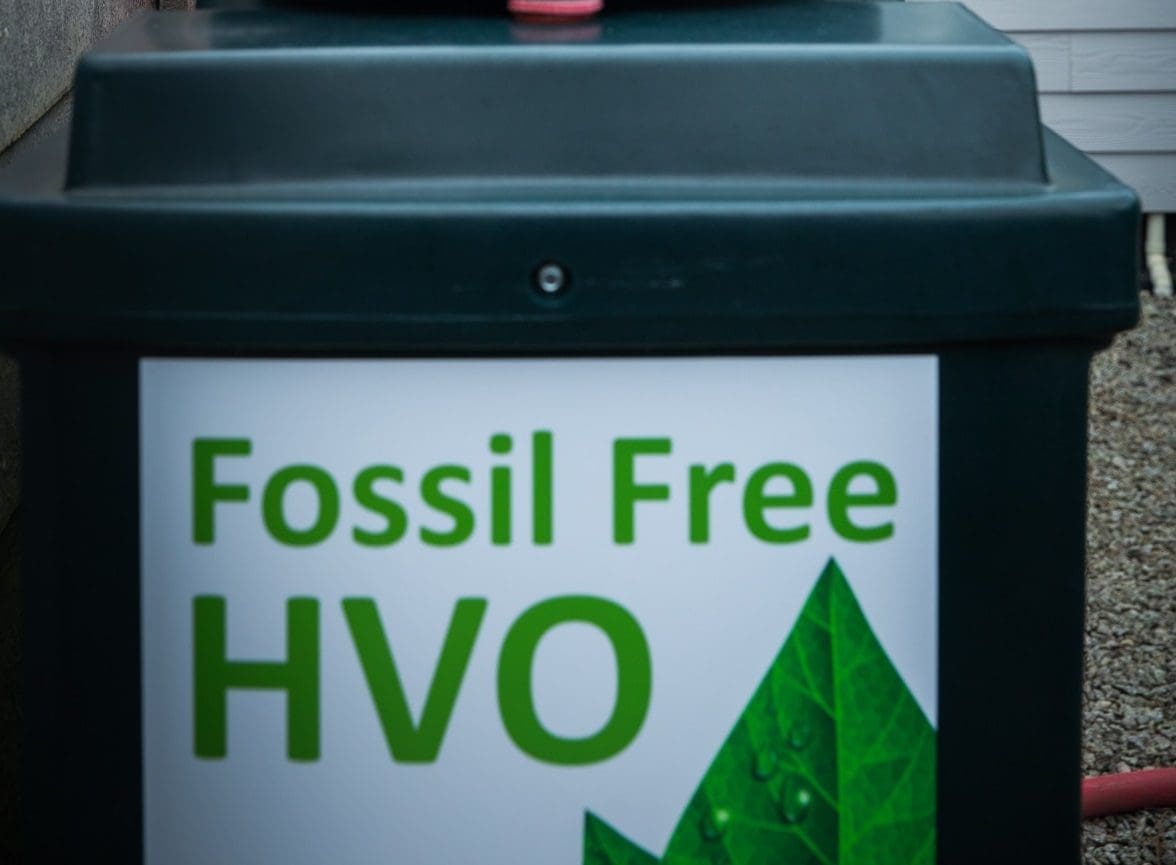Good tank maintenance is key to a successful transition from kerosene to renewable liquid fuel
Good tank maintenance is key to a successful transition from kerosene to renewable liquid fuel

Discussions continue about replacing kerosene with renewable liquid fuels like HVO. A successful transition will be heavily influenced by the care taken during fuel switch, and ensuring the tank receiving the new fuel is in good condition and as clean as possible.
Prior to any fuel switch, and for good environmental practice, tanks should routinely be visually inspected for defects such as distortion. Tanks with secondary containment are preferred for all applications to minimise any risk of fuel entering a water course following a fuel spill or leak. Plastic tanks should be checked for cracks, surface discolouration or crazing, and steel checked and protected from rusting. All tanks should be appropriately supported.
All fittings and equipment connected to a tank should be checked for correct operation. In particular, there should be appropriate filling and venting arrangements and an operable and safe means of isolation for the oil supply pipe, as near to the tanks as possible. All tanks must also carry signage on what to do in the event of a fuel leak or spill. The tank inspection or service label should be affixed and completed with the time of the inspection by the technician at service intervals.
Detailed information relating to fuel tank fire and environmental protection requirements can be found in OFTEC technical book 3 or in module 1 of the new technical manual.
Regarding fuel switch, it is probable that switching will take place when the customer’s tank contents are lowest. Whilst this means that waste residues uplifted from the tank will be kept to a minimum, they will still need to be handled with care and attention, and then contained, transported, and disposed of in line with waste handling requirements.
Some appliance installers may wish to partner with a licenced fuel distributor with the necessary experience to fulfil the fuel handling tasks, leaving the OFTEC technician to focus on the fitting/recommissioning of the boiler on the new fuel.
On filling a tank with renewable fuel, both tank and appliance should be clearly labelled, identifying the new fuel.
Further information on switching to renewable liquid fuel can be found in the HVO handbook, which is available to download from the OFTEC website.
A fuel storage tank is a valuable commodity and must be regularly checked and maintained if it is to remain in a safe and usable state. It is never too soon to exercise best practice when it comes to tank inspections and the routine withdrawal of any water and residues will help prepare for future conversion.
© 2025 Created by Euromedia Associates Ltd